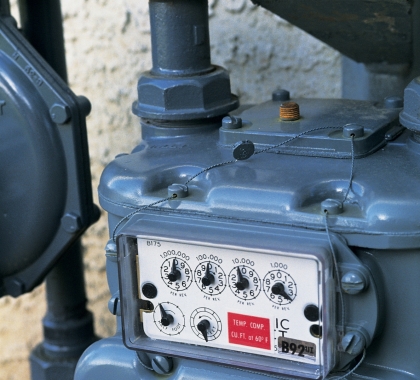Natural gas prices in the U.S. have been on the rise over the past year and are expected to continue climbing into the winter.
The spot price at Henry Hub in September averaged $5.16 per million British thermal units (MMBtu), which is up from the August average of $4.07/MMBtu and up from an average of $3.25/MMBtu in the first half of 2021. The latest Energy Information Administration’s (EIA) Short-Term Energy Outlook released in mid-October projects the spot price to average $5.80/MMBtu in the fourth quarter of 2021. The report forecasts a monthly average peak of $5.90/MMBtu in January and then generally declining through 2022.
There is a mix of factors playing into the increase in price and market volatility, including:
- Rising domestic demand while natural gas production remains relatively flat and gas inventory levels are below the five-year average;
- Continued strong demand for natural gas in the electric power generation sector;
- Growth in exports of Liquefied Natural Gas (LNG);
- Gas supply impacts from Hurricane Ida, which knocked oil and natural gas production offline in the Gulf of Mexico in late August.
Due to low natural gas inventories in both the U.S. and Europe and uncertainty around seasonal demand, the EIA expects natural gas prices to remain volatile over the coming months, with winter temperatures being a key driver of demand and prices.
The National Public Gas Agency’s (NPGA) natural gas hedging program helps shield NPGA members from a rising market by purchasing a portion of natural gas volumes for its members into the future.
In June of 2020, the NPGA Board approved modifying its hedging parameters to hedge 50 percent of anticipated volumes for 13-24 months into the future. This strategy helps lessen the impact of rising natural gas prices and market volatility to NPGA members.

